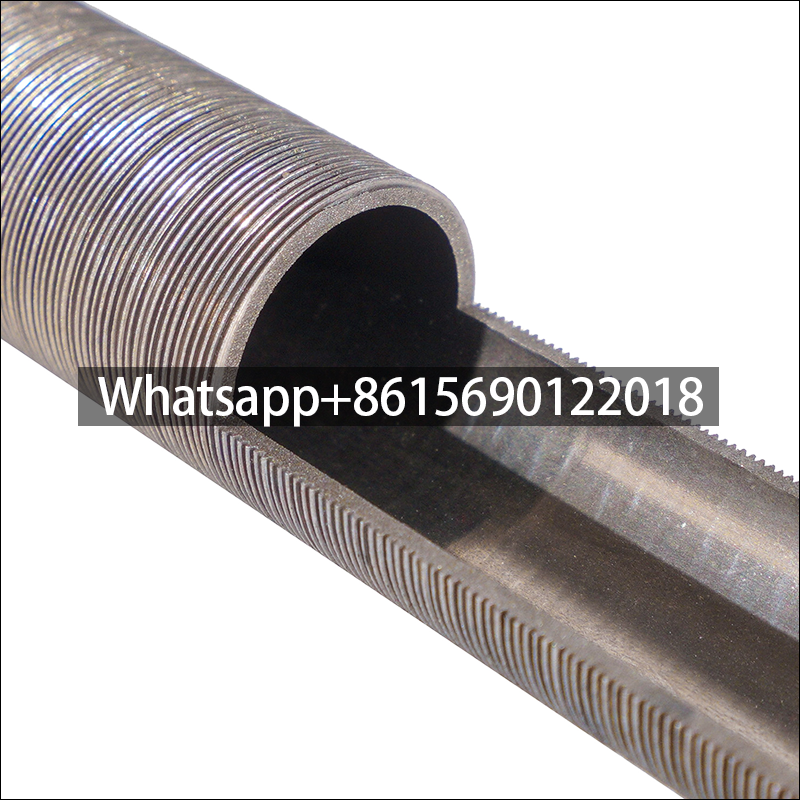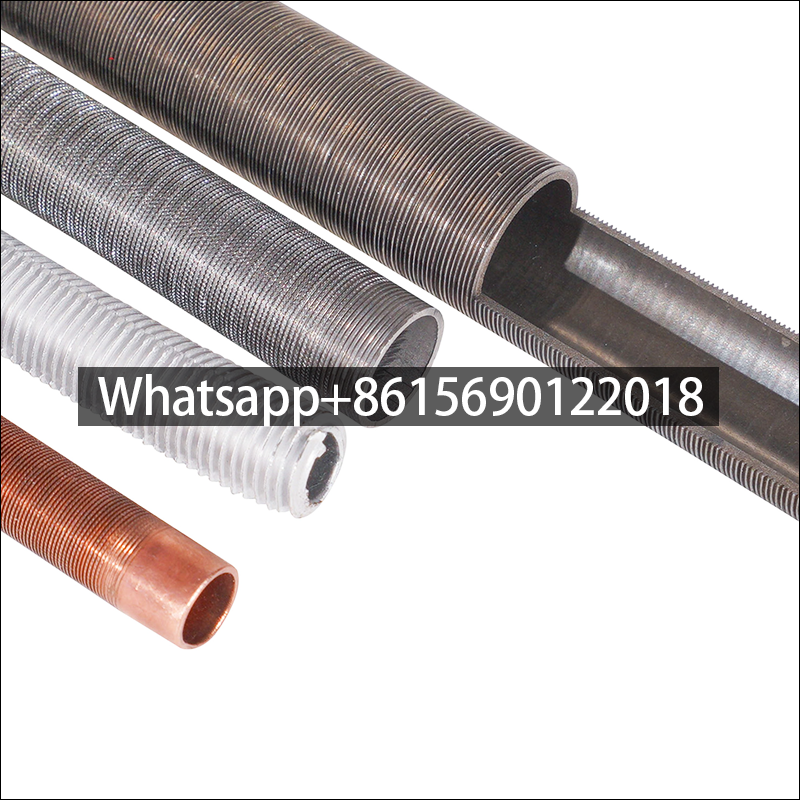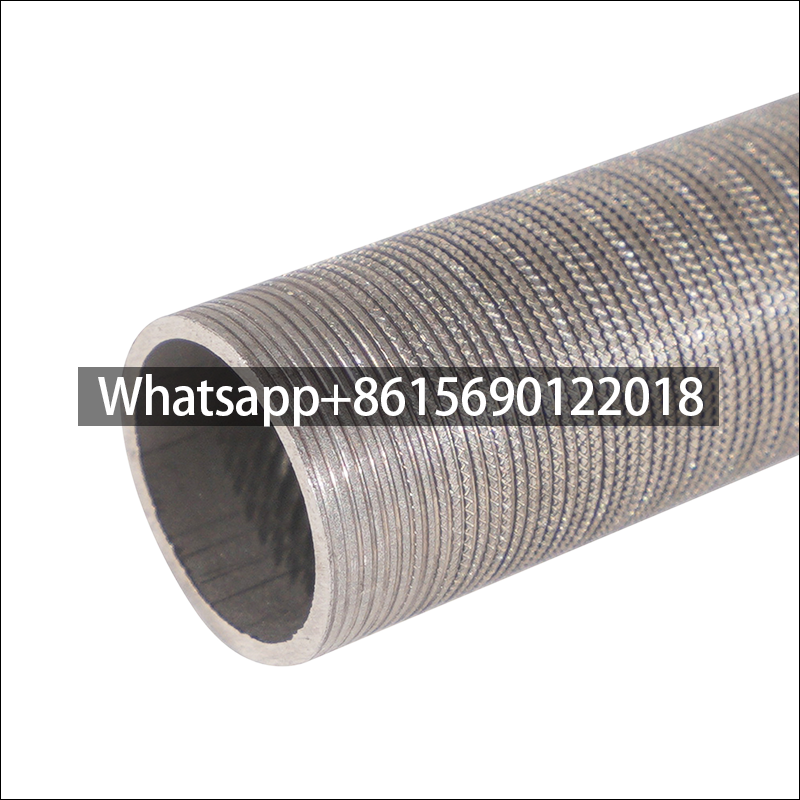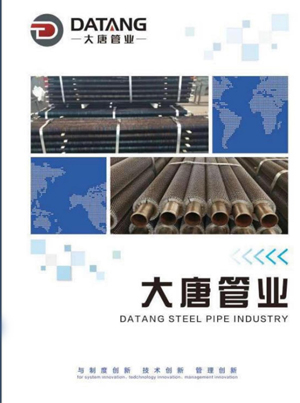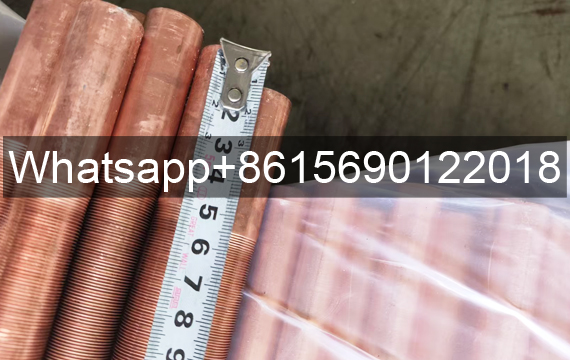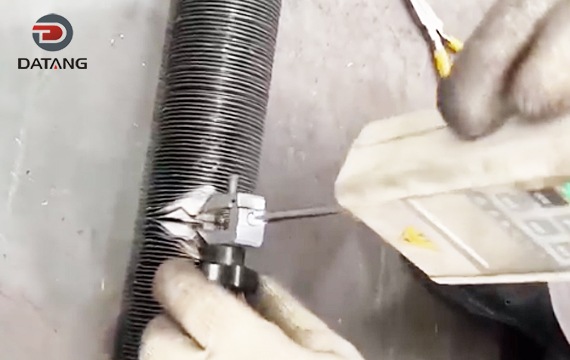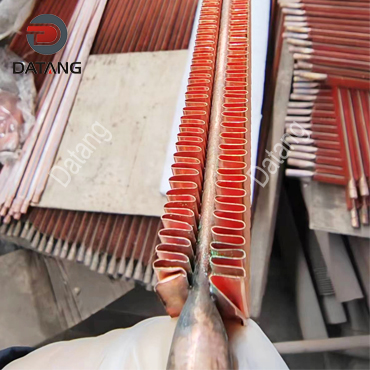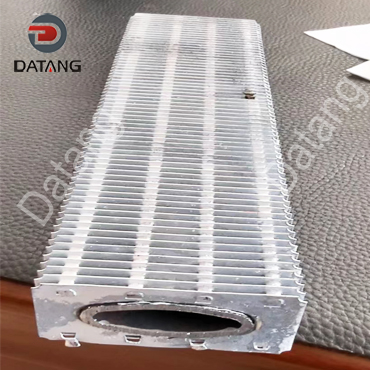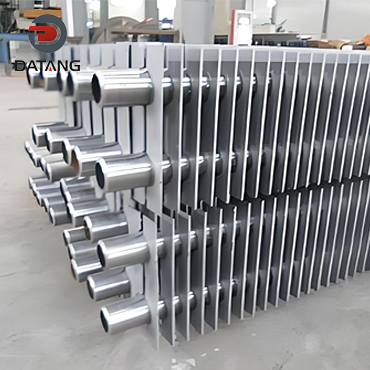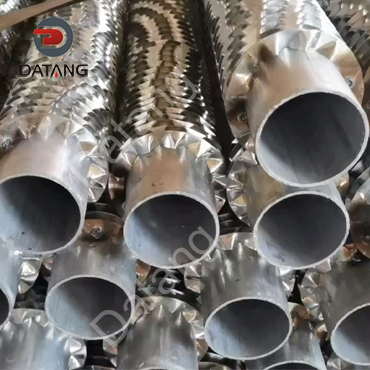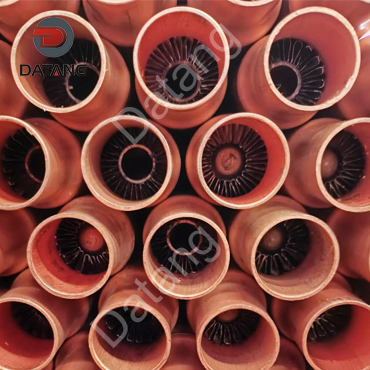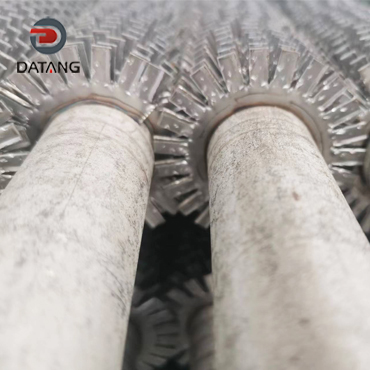Low Fin Tube For Heat Exchangers
Low Fin Tube is a heat exchange element. Fins are added to the outer surface of the heat exchange tube to increase the outer surface area of the heat exchange tube and improve the heat exchange efficiency.
- Standard:ASTM B359/ASME SB 359 Material:Red Copper T2/TP2,Cupronickel B7,Copper Nickel Iron Alloy BFe 10-1-1,BFe 30-1-1,Complex Brass Hsn 70-1,HA177-2,Carbon Steel,Stainless Steel,Titanium
- Base Tube OD:12-25.4mm ;Base Tube Thickness:1-1.5mm ;Fin Height:Max 1.45mm ;FPI:19-50 ;Length:Max 20m
Low fin tube is a heat exchange element that forms continuous spiral fins on the outer surface of the light tube through mechanical processing. It is mainly used in condensers, evaporators and other equipment of air conditioners to improve heat exchange efficiency.
Structure and process of low fin tube
The surface fins are processed by rolling method (three-roller oblique rolling). The base tube and the outer fins are tightly integrated into one, without contact thermal resistance or electrical corrosion problems, and have high anti-deformation ability.
Key Notes:
- Material Combinations:
- Carbon steel tube with aluminum fins: Cost-effective solution for general industrial use.
- Stainless steel/Titanium tubes: Essential for corrosive or high-temperature environments.
- Customization:
- Fin pitch and height adjustable to optimize heat transfer efficiency or reduce fouling.
- Typical Applications:
- Condensers, evaporators, and chemical processing heat exchangers.
Main advantages of low fin tube
High heat exchange efficiency: The fins increase the surface area of the tube and achieve higher heat exchange efficiency under the same metal consumption.
Stable structure: The base tube and the fin are integrated into one design, with strong anti-deformation ability and long service life.
Applicable scenarios of low fin tubes
Mainly used in the condenser of air conditioning refrigeration system, reducing energy consumption by enhancing heat exchange.
- Datasheet
- Drawing
- Certificates
Data sheet of Inner Grooved Low Finned Tubes
|
||||||||||||||||||||||||||||||||||||||||||||||||||||||||||||||||||||||||||||||||||||||||||
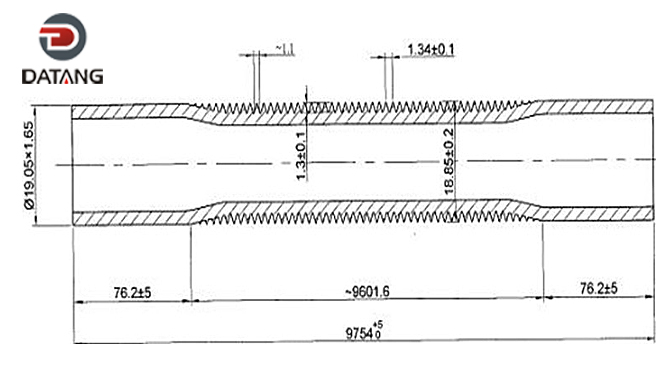
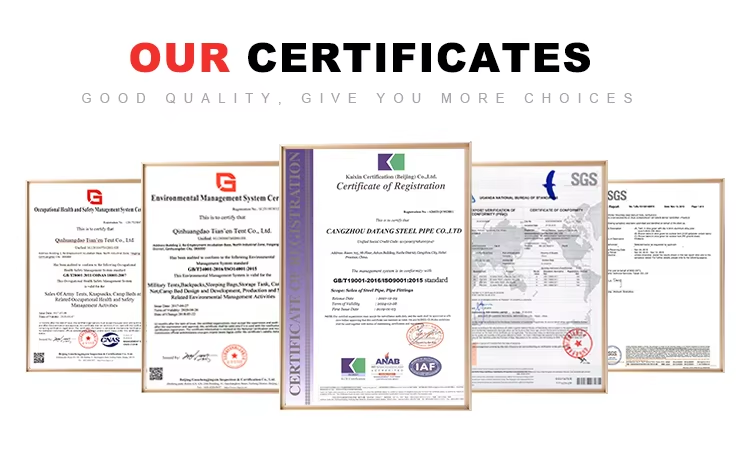
Low Fin Tube For Heat Exchangers Appearance Dimension Inspection
Low finned tube appearance dimension inspection is one of the important links to ensure the quality and performance of fin tubes.
The inspection items mainly include fin height, fin spacing, fin thickness, base tube wall thickness and outer diameter, etc.
Datang Low Fin Tube For Heat Exchangers Bending Processing
Bending of fin tubes is an important step in the production process of low finned tube for heat exchangers. Bending is to bend the low finned tube material through specific mechanical equipment to form a suitable curvature to meet different usage requirements.
This step requires strict control of the bending angle and curvature to ensure the fit between the fin and the base tube and the heat dissipation effect.
Low Fin Tube For Heat Exchangers Pull Off Test
Low finned tube for heat exchangers pull-off test is a test used to detect whether the fin tube will fall off when subjected to tension, mainly used to ensure the quality and reliability of the fin tube.
Datang’s this test is very important in the production process because the low finned tube for heat exchangers will be subjected to various stresses during operation, such as temperature changes and pipe expansion, which may cause the fin to fall off, thereby affecting the performance and safety of the heat exchanger .





